Archaeologists working in the ancient town of Spello, Italy uncovered a remarkable discovery during their recent excavation efforts.
What they unearthed was an ancient pagan temple dating to the Roman period. They believe that the building was constructed during the reign of Emperor Constantine, Rome’s ruler from 306 to 337 C.E.
Who Was Constantine?
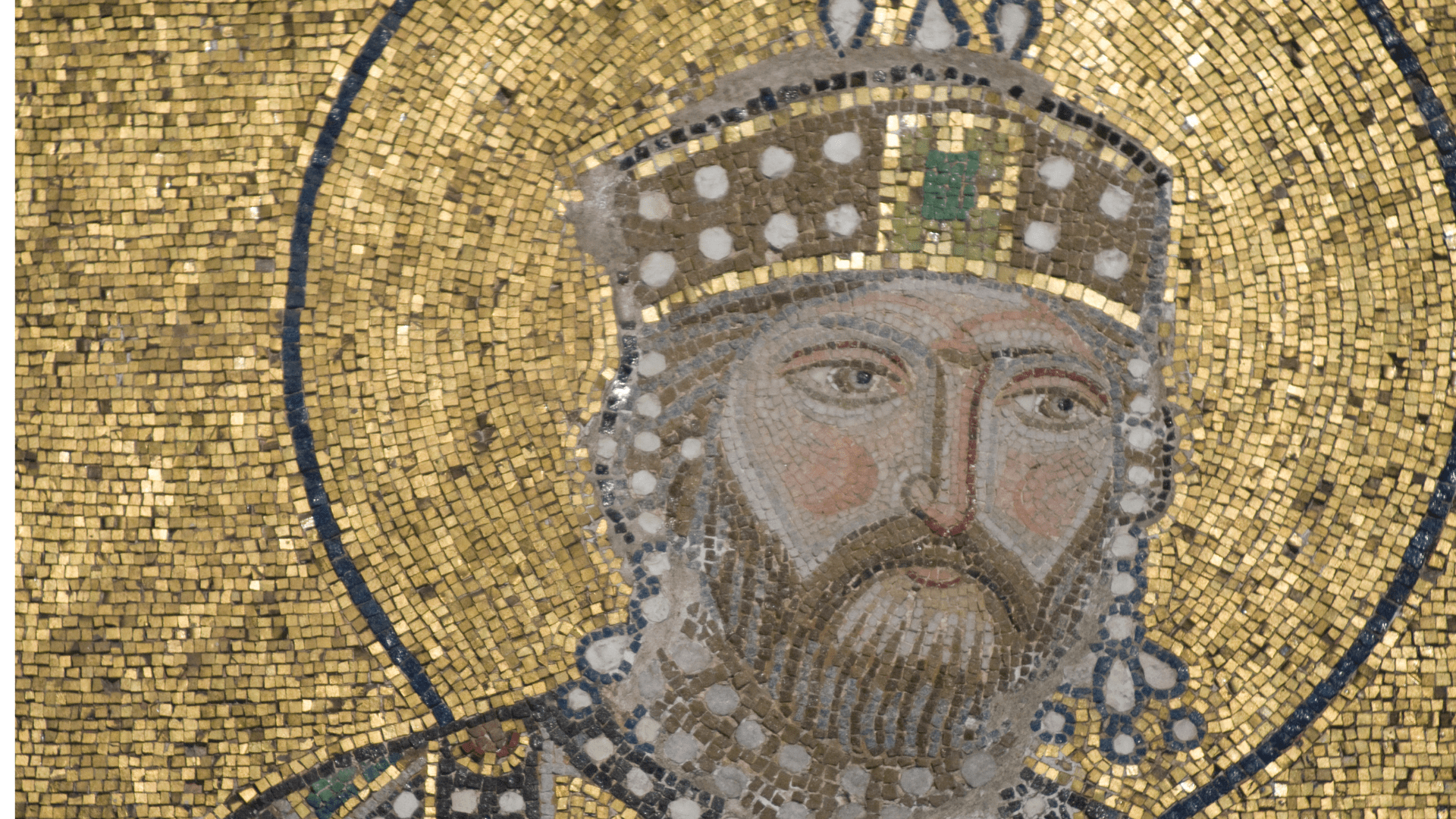
Constantine I, or Constantine the Great, was a Roman Emperor who ruled in the first third of the 4th century C.E.
He is remembered for his leadership during a major time of transition in the Roman Empire, as well as for moving the capital of the empire to Byzantium, later rechristened Constantinople. But he is perhaps best known as the first Roman Emperor to convert to Christianity.
The Roman Pagans
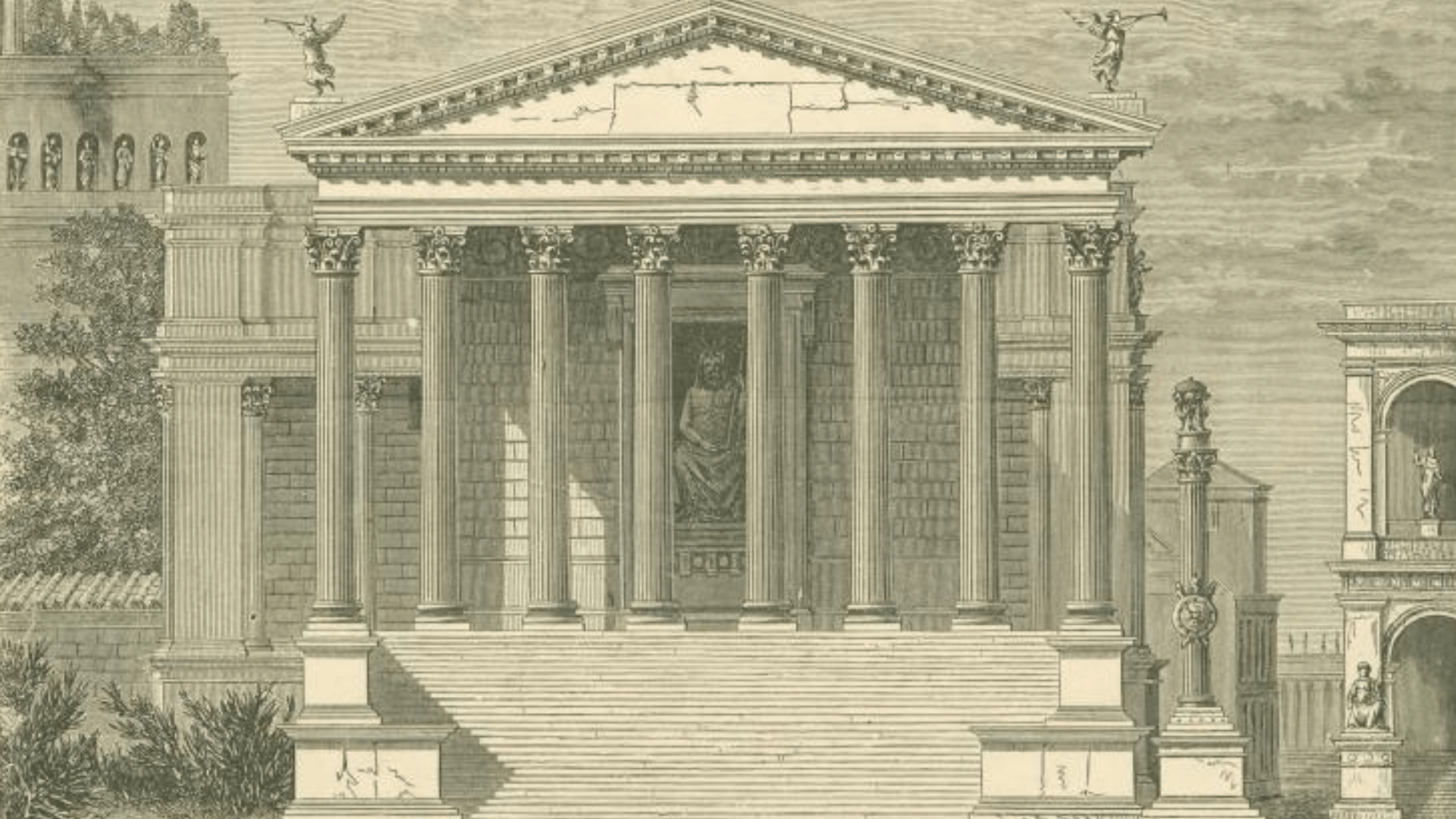
The Roman Empire was a thoroughly pagan institution from its inception. The Romans worshipped many gods and supernatural beings who were generally linked to the natural world in some way.
Christianity, though now a major world religion, was a peculiar phenomenon for the Romans, and the early Christians were heavily persecuted. When Constantine converted, however, the Roman Empire gradually adopted more and more elements of Christianity. At least, that’s how the popular story goes.
Did Constantine Make Christianity the Official Religion of Rome?

There’s a popular story that neatly condenses history and says that Constantine changed the official religion of Rome to Christianity.
However, the new archaeological findings at Spello attest to the fact that this is an inaccurate version of reality. Researchers stated in a press release that the uncovered temple “shows the continuities between the classical pagan world and early Christian Roman world that often get blurred out or written out of the sweeping historical narratives.”
The Inspiration for the Archaeological Dig
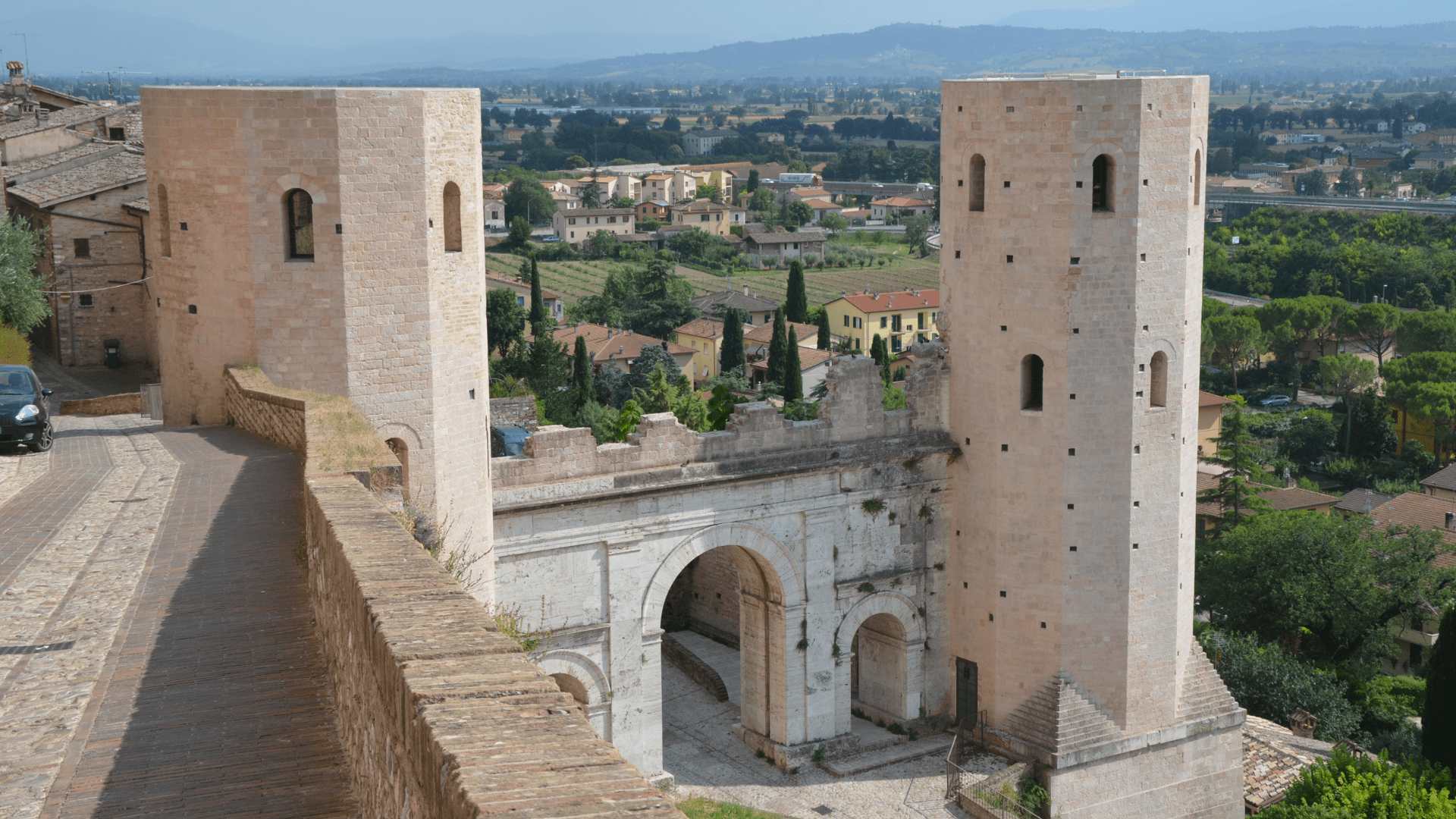
The decision to begin an excavation at the site in Spello was sparked by an ancient inscription that hangs in the town hall.
The inscription was originally recovered in the 1700s. It states, in language directed to the townspeople of its time, that the creation of the temple constituted a massive undertaking. What intrigued researchers was that it also grants the town inhabitants the ability to celebrate a religious festival in Spello instead of making a long journey elsewhere.
The Condition for Festival Celebration in Spello
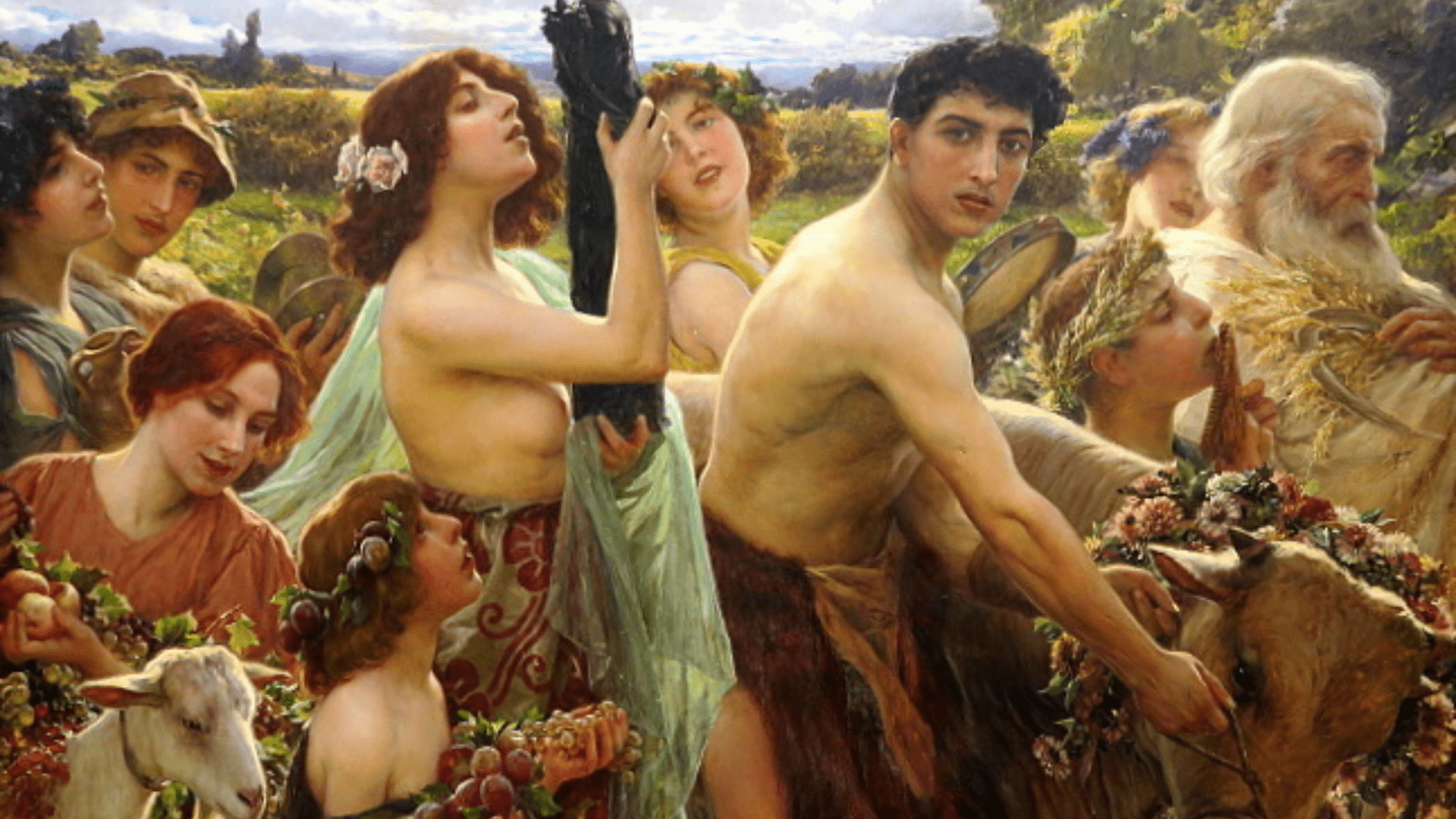
The inscription, however, contains a condition for townsfolk who wished to celebrate the religious festival within Spello.
Constantine stipulated that the citizens must build a temple dedicated to his ancestral worship. Specifically, the temple would serve as a place for worship of the Flavian family, Constantine’s own predecessors.
Why Would Constantine Want People to Worship His Ancestors?
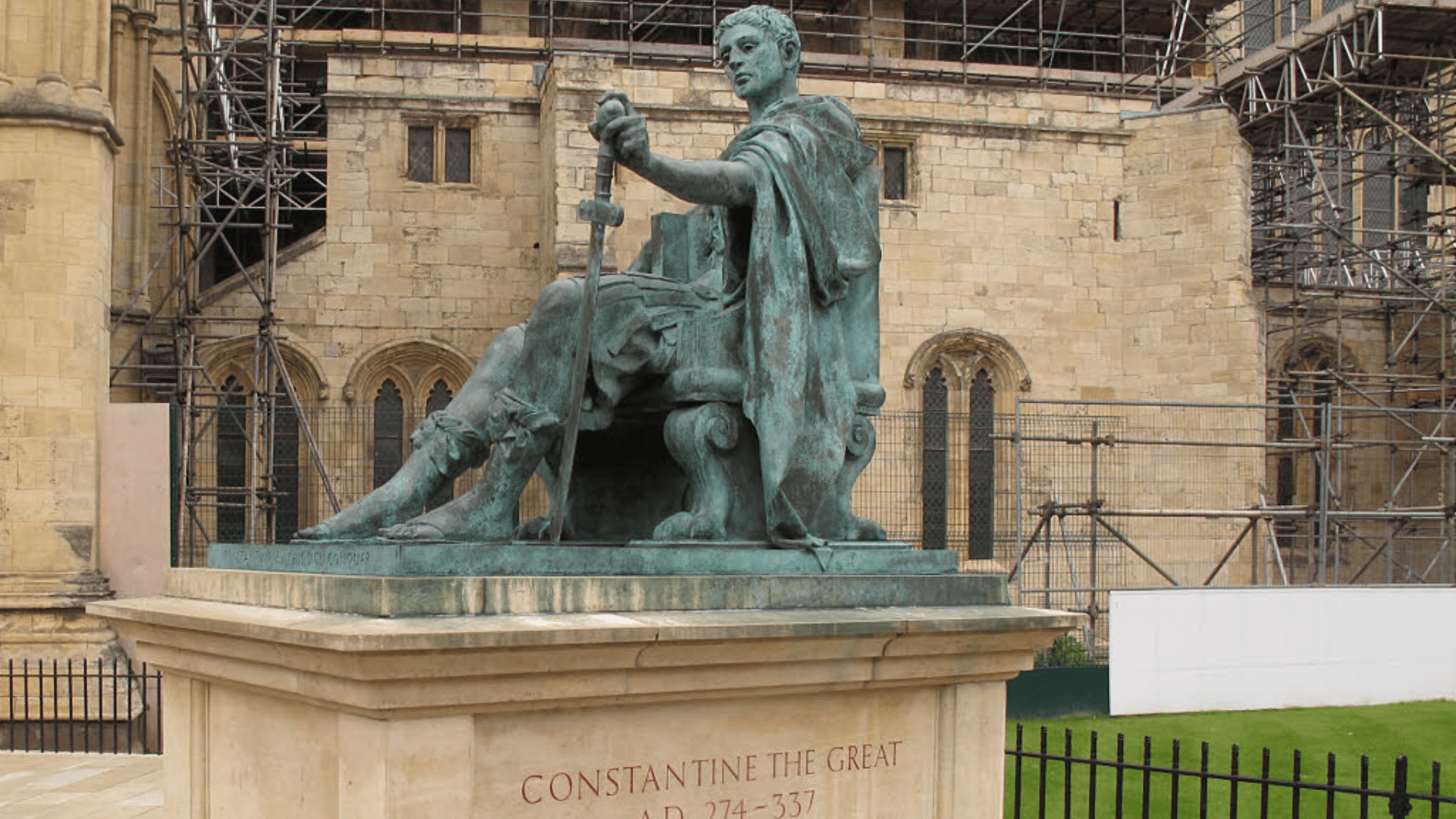
This condition that Constantine decreed stems from a centuries-long belief of the Roman people and rulers, known as the Roman imperial cult.
Romans believed that the emperors and certain members of their families were imbued with divinity, and thus required that citizens worship them as divine entities.
The Social Impact of Ancestor Worship

Was there more to the Roman imperial cult than an intriguing flourish of self-aggrandizement by emperors and their families? It seems that there were actually significant social consequences of this religious activity.
The Roman Empire was massive. It spanned three continents, its citizens spoke multiple languages, and there was innumerable local traditions spred across its vast expanses. The Roman imperial cult was a universal glue for the Roman public, which helped unite them around a similar tradition and ideals.
Pagan Worship at Spello

This particular temple’s existence was suspected for many years by scholars, but its recent recovery helps shed light on a specific period of transition in the Roman Empire.
This temple was likely used as a place of pagan worship and religious activities for at least two generations following its construction, when paganism would be officially outlawed by emperor Theodosius in 392 C.E.
Paganism and Christianity in Transition
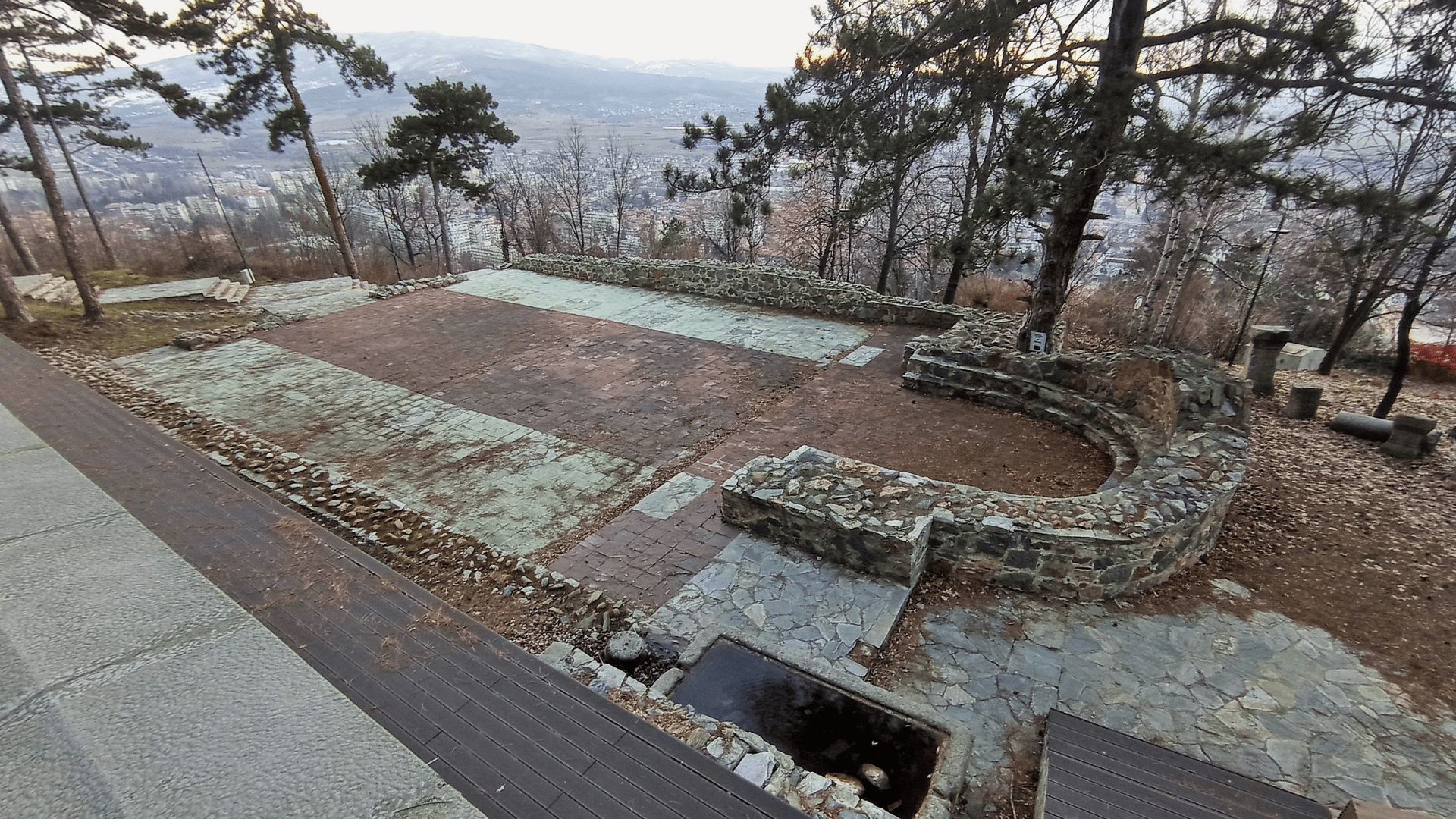
This archaeological excavation serves as another piece of evidence for the existence of a transitionary religious period in the Roman Empire, a time when paganism and Christianity blurred together.
It might be well-known among scholars that Christianity didn’t overtake paganism overnight, but this discovery at Spello serves as a reminder to everyone of this fact. This temple shows quite clearly, with tangible evidence, that paganism existed in tandem with Christianity for a significant period of time in ancient history.
How This Temple Changes Things
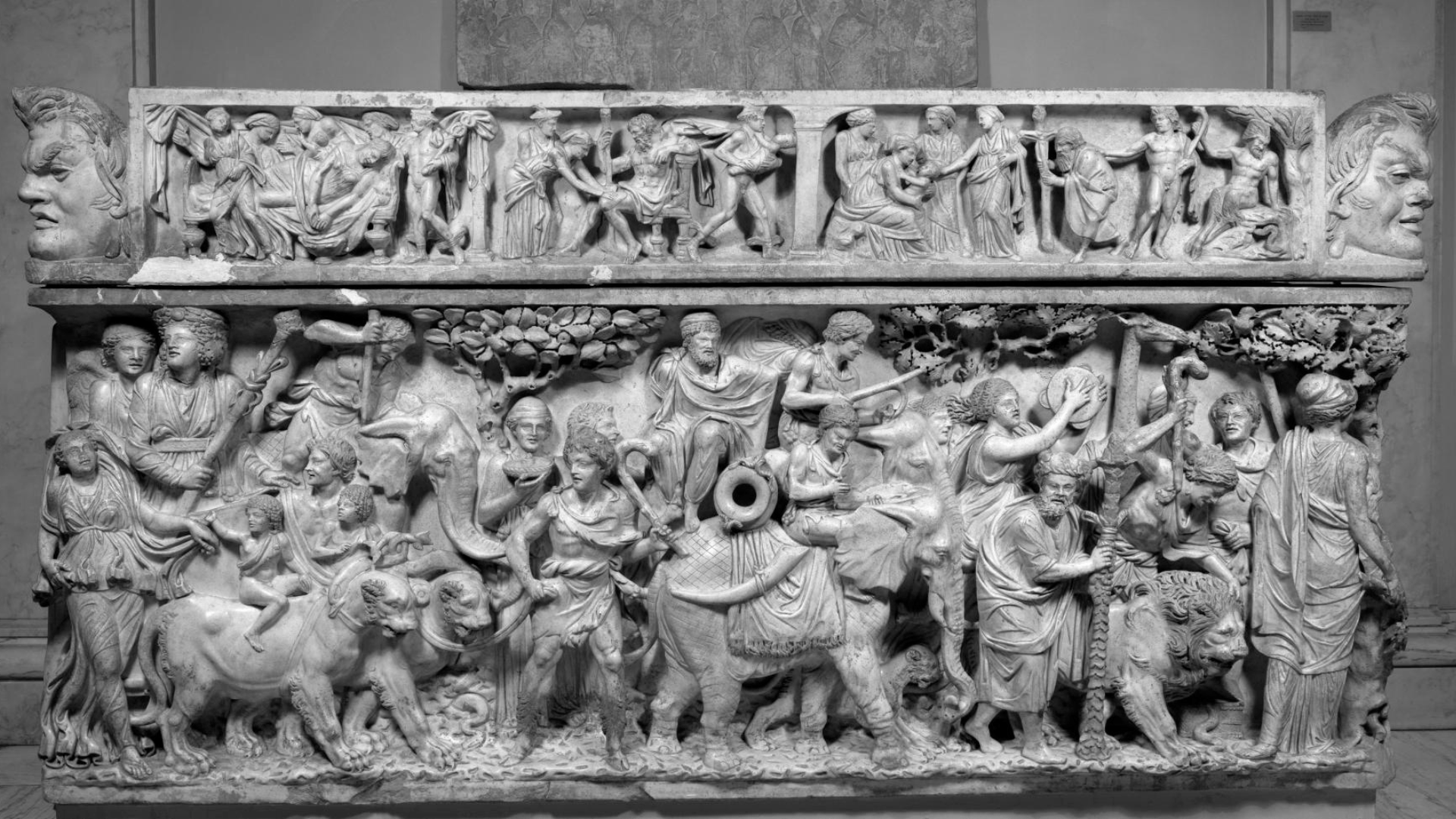
As mentioned above, scholars have long known that there is no clear distinction between the end of paganism and the beginning of Christianity. However, this specific temple is still quite significant.
While evidence has been recovered to support pagan worship in the 4th century, and evidence likewise shows Christian support of the imperial cult, this temple is the first major discovery that cleanly bridges the gap between those two things.
The Path From Paganism to Christianity

This excavation further shows how non-linear the path from paganism to Christianity was in the ancient world.
There were many detours and plenty of unlikely cultural mixtures that took place. It is a testament to how both pagan and Roman Christians blended patriotism, the imperial cult, and other forms of worship into their own brans of religious practice.
What Was Early Christianity Like in Rome?

Christianity was viewed initially as a Jewish Sect. Early Christians in Jerusalem kept the Sabbath along with other Jewish customs.
Christianity spread fast in Rome among the lower classes in part because it established a community of equals in faith.
How did Christianity Spread in Rome?
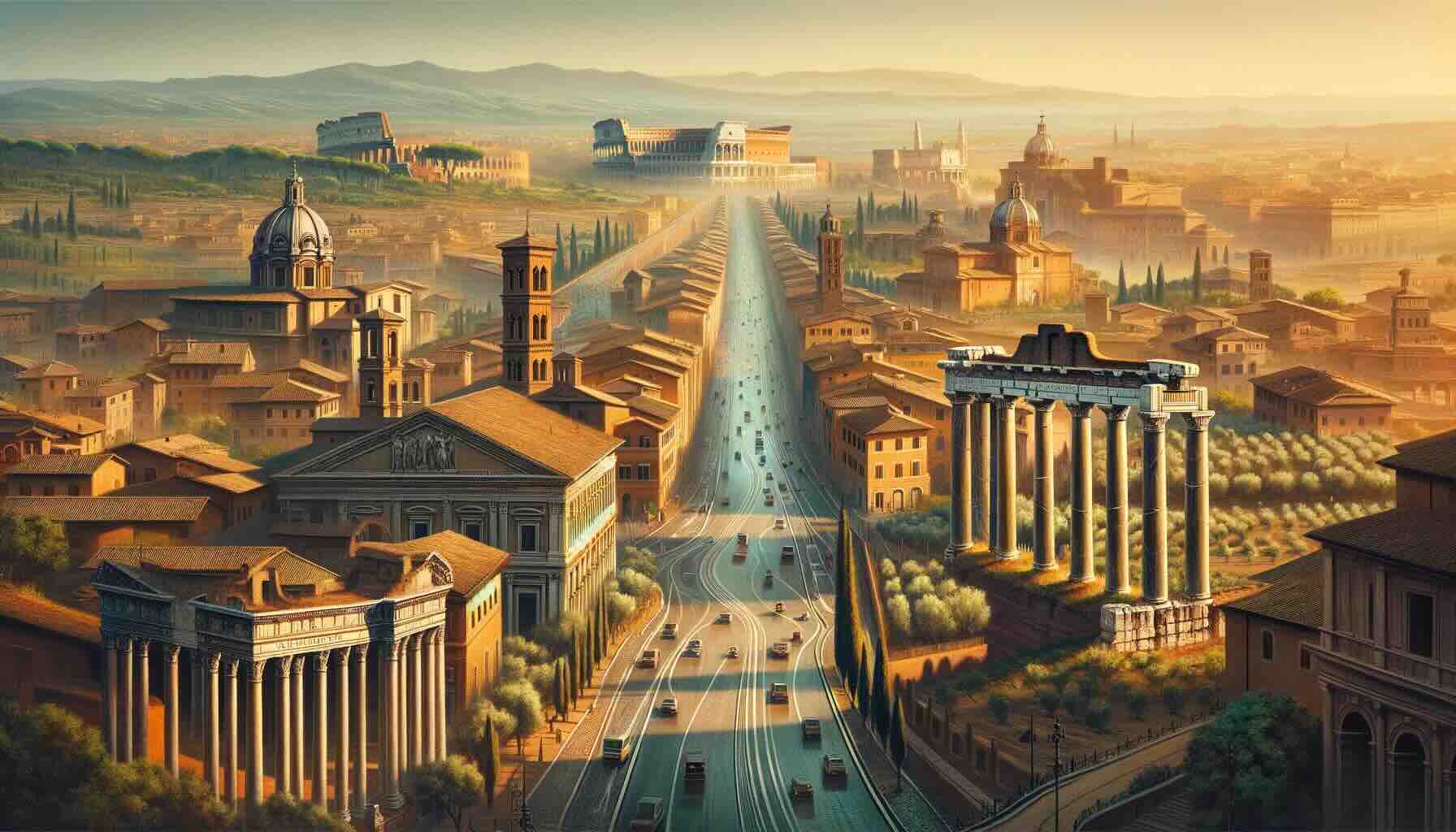
In part, because “all roads led” there. Rome’s extensive road system allowed for the message to spread far and wide.
Additionally, the faith was easy to adopt for a variety of reasons. There is no denying however that trade and trade routes played a significant role.
What Do We Know About Early Roman Faith?
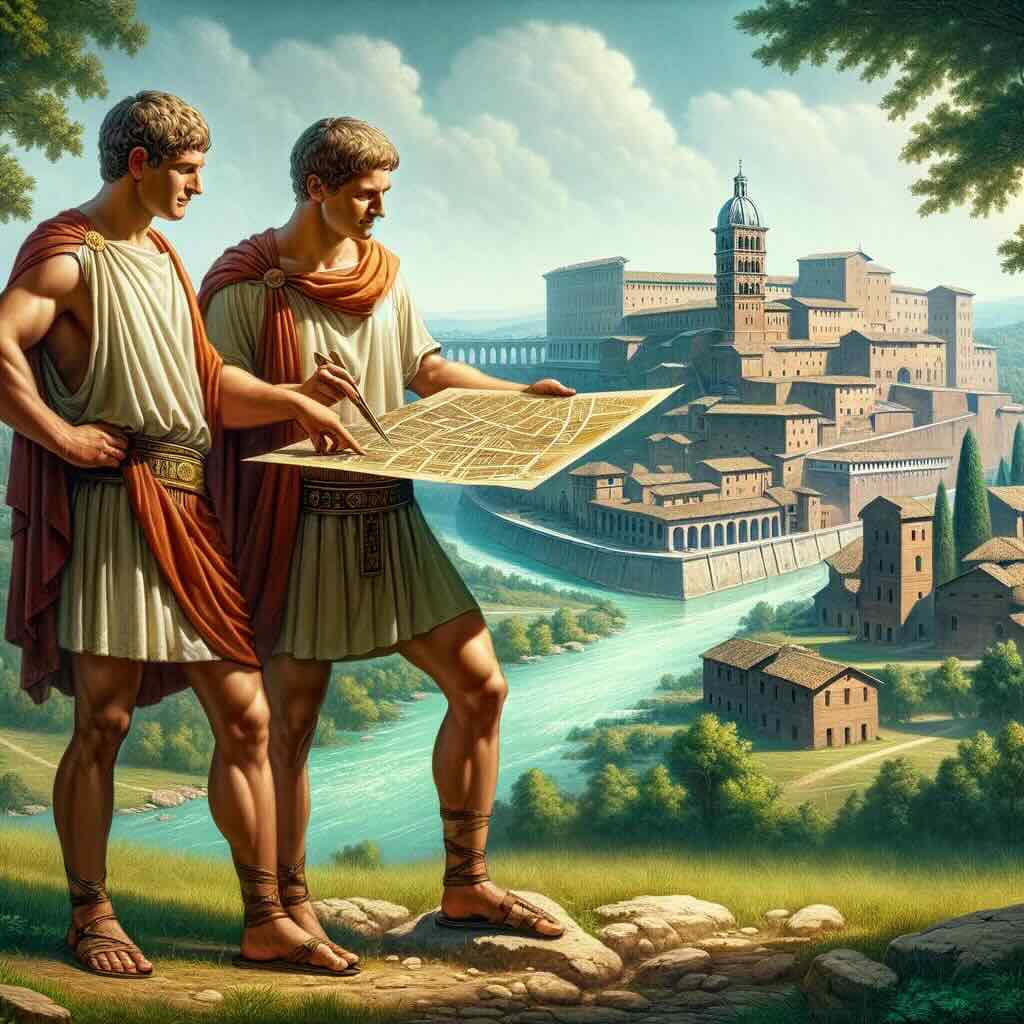
Romans were polytheistic, with Gods and rituals aligned to almost everything. The major early influence was Greek religion and Greek Gods.
Rome however spun things into it’s own unique direction, including it’s own origin story as part of it’s faith, with the twins Romulus and Remus being sons of Mars, the God of War. Politics and culture were intertwined deeply with various forms of faith.
Did Romans Feed Christians to Lions?
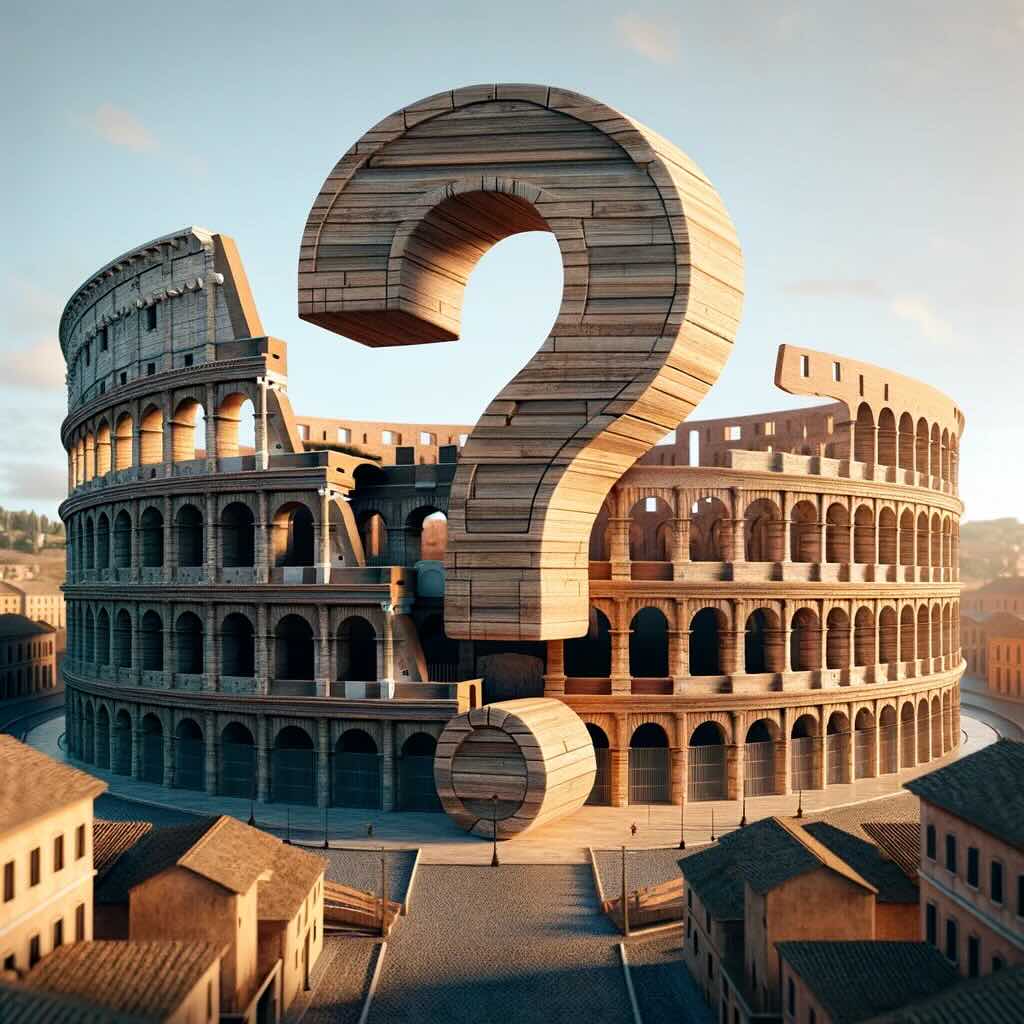
Sadly, yes. Damnatio ad bestias, or ‘Condemnation to beasts” was a form of capital punishment and entertainment in 2nd Century Rome.
Runaway slaves, criminals, and Christians were all condemned to the beasts, as it were, in the Flavian Amphitheater. Prior to this Emperor Nero had clothed Christians in animal skins and fed them to wild dogs.
What Role Did Faith Play in Rome’s Fall?

There are many reasons Rome finally fell, but there is no doubt the rise of Christianity played some small role. How exactly?
The destabilization of the underpinning faith tied to national pride eroded some of the core Roman values and beliefs. It at least weakened the general spine of Roman culture allowing the people to drift apart after centuries of unity across a massive expanse.
